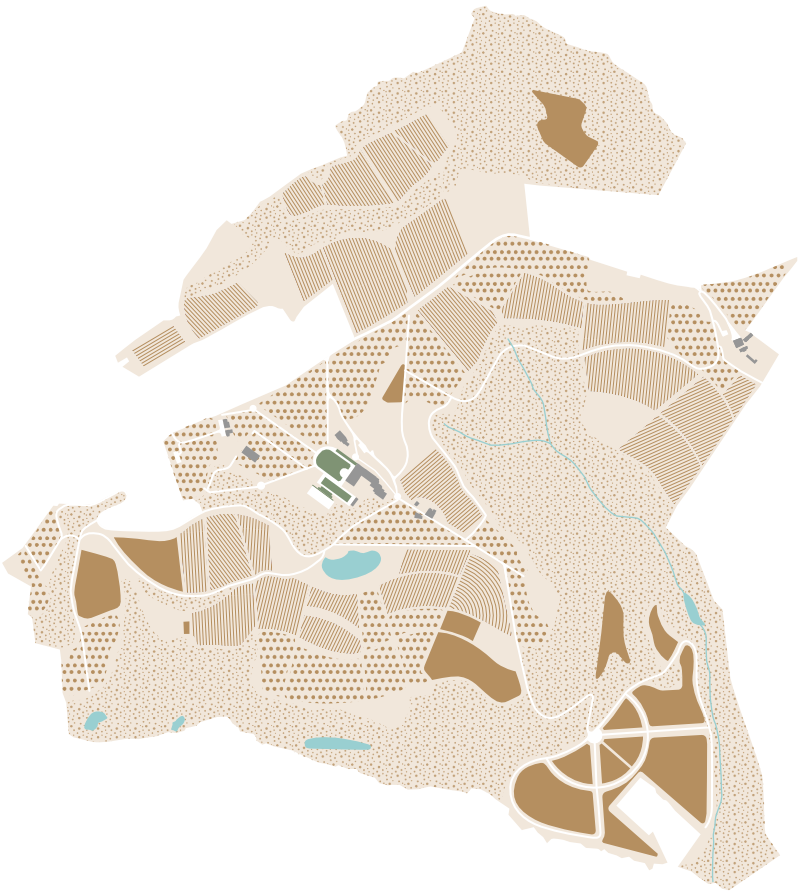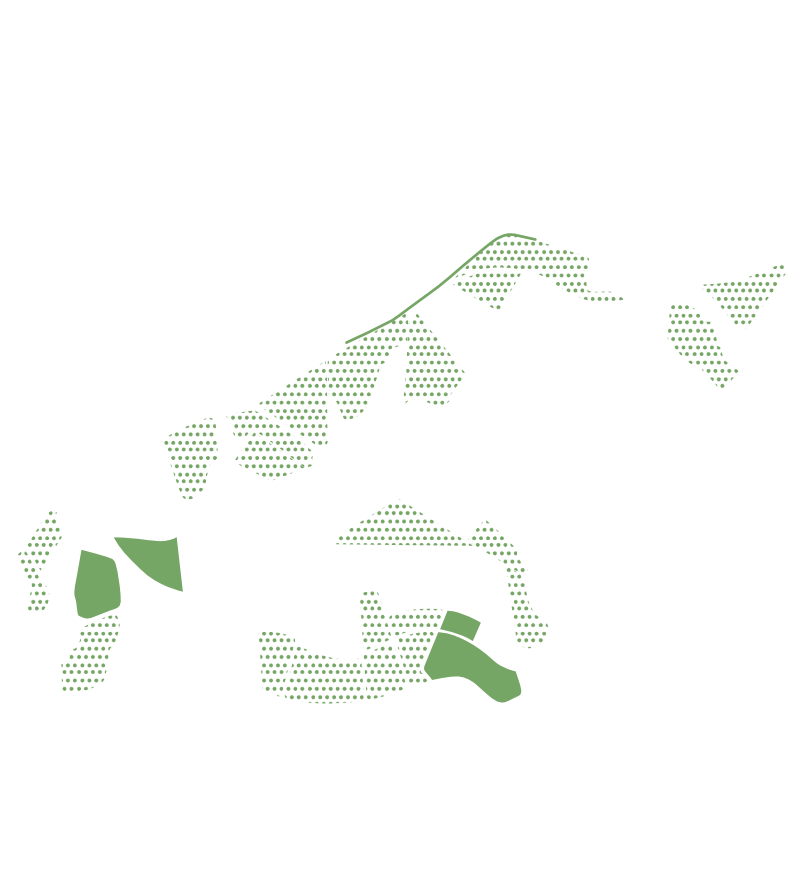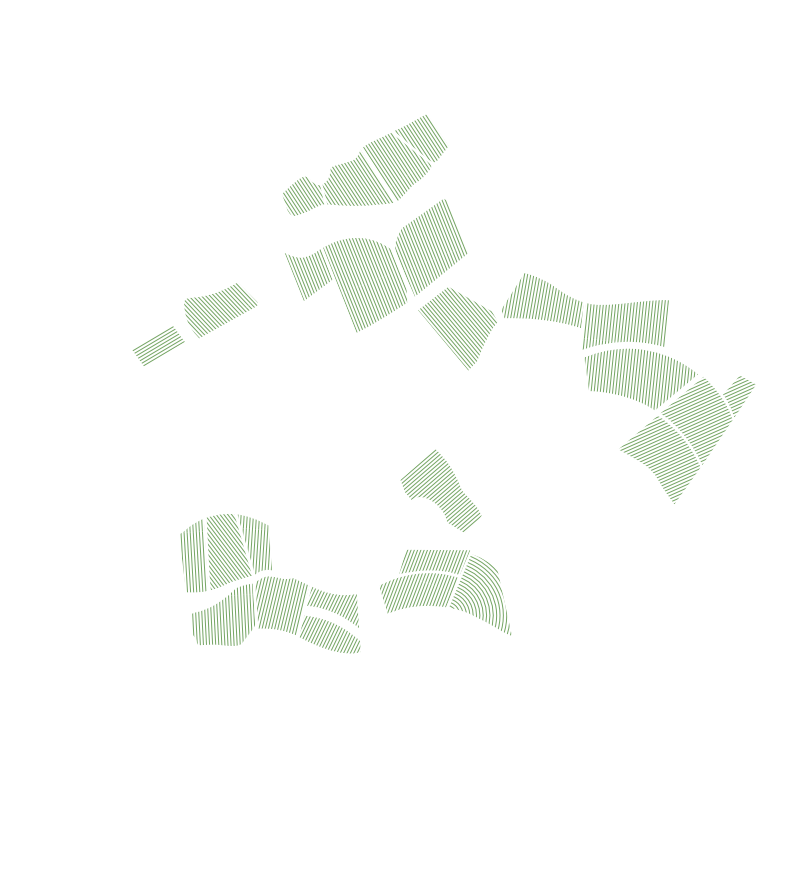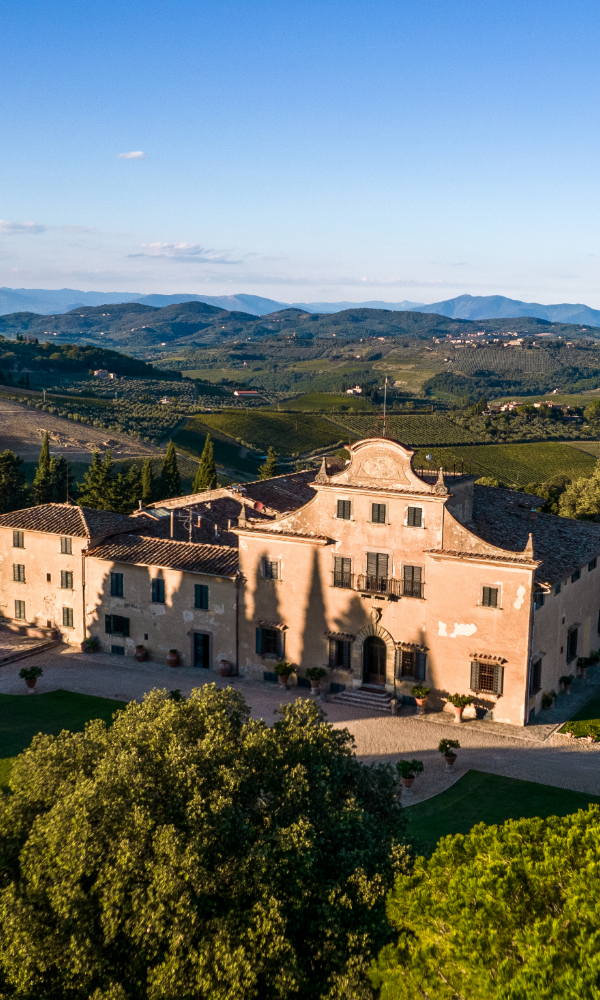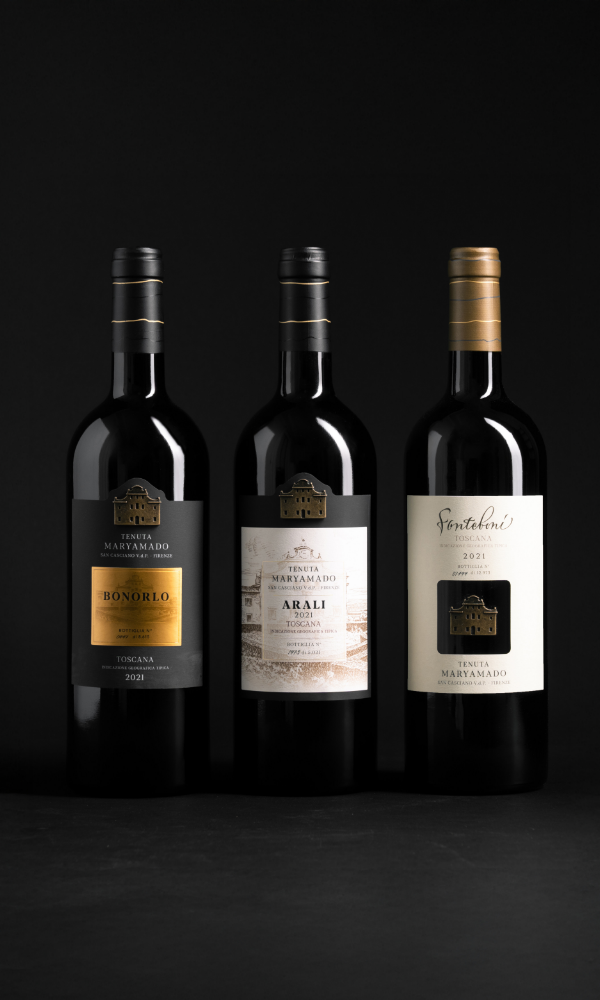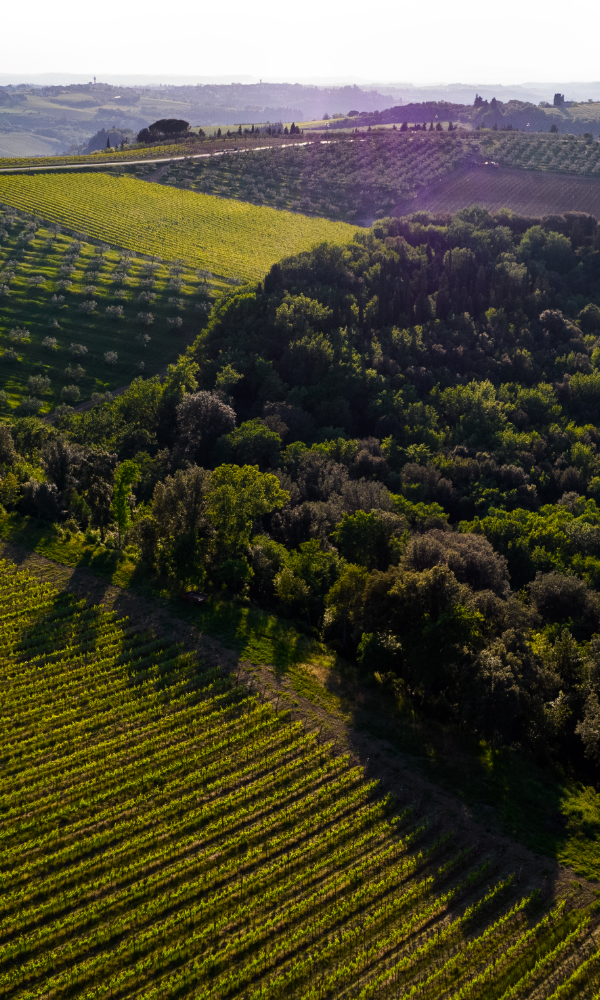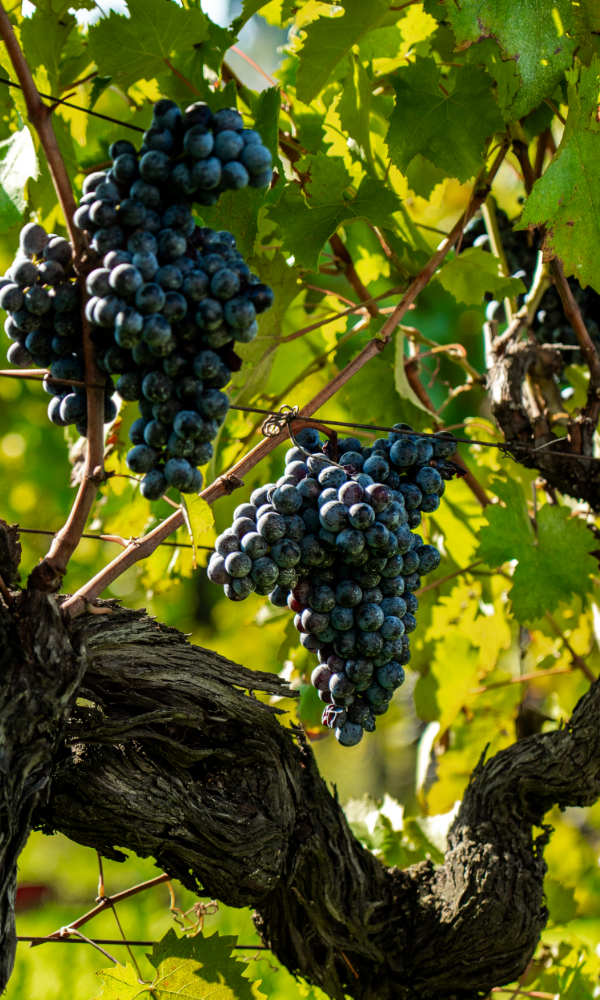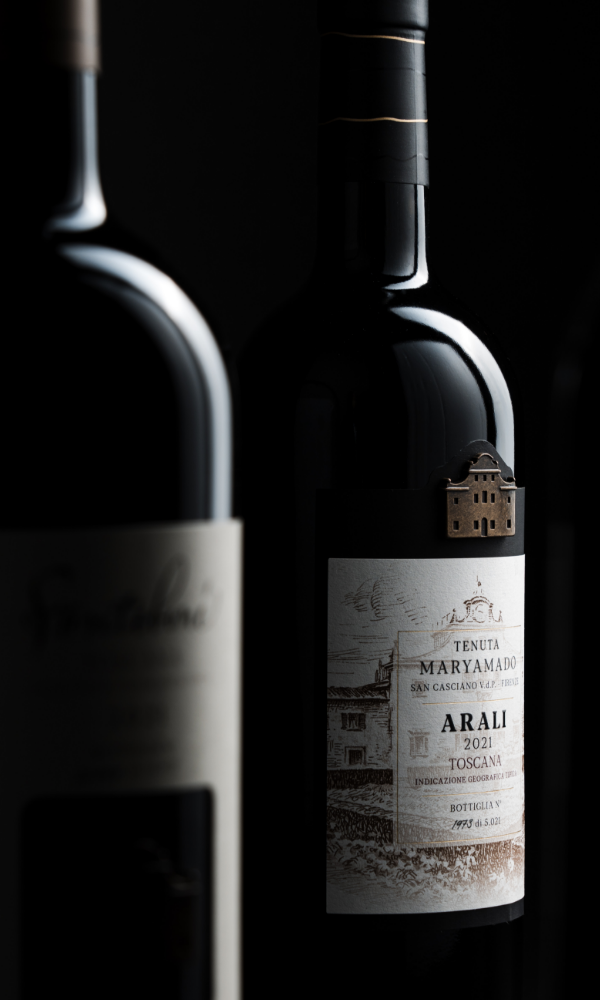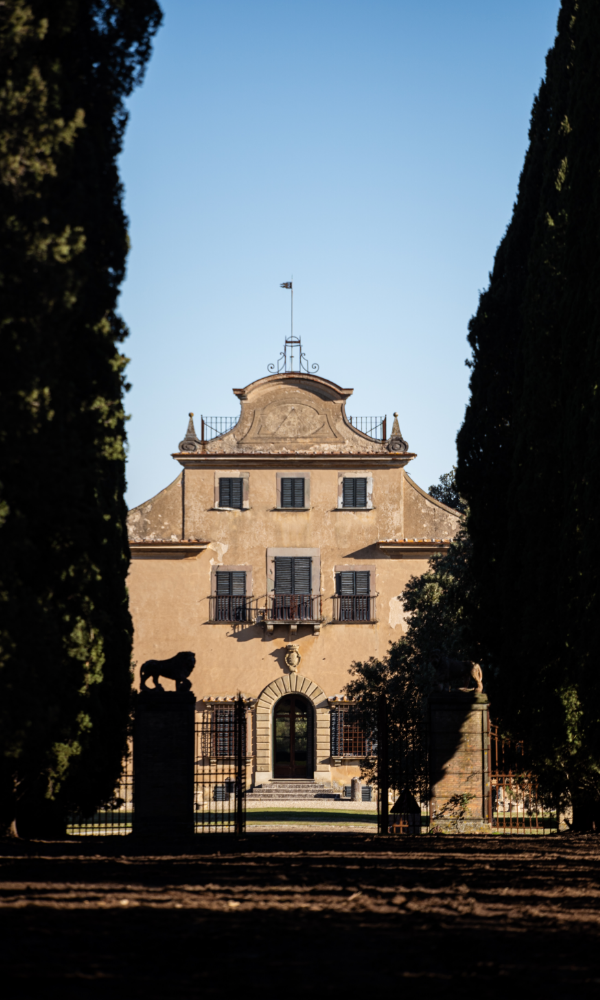
WELCOME TO TENUTA MARYAMADO
From the noble Florentines of the 1500s to the current owners: Tenuta Maryamado encompasses years of fascinating history filled with a veritable passion for the land of Tuscany.
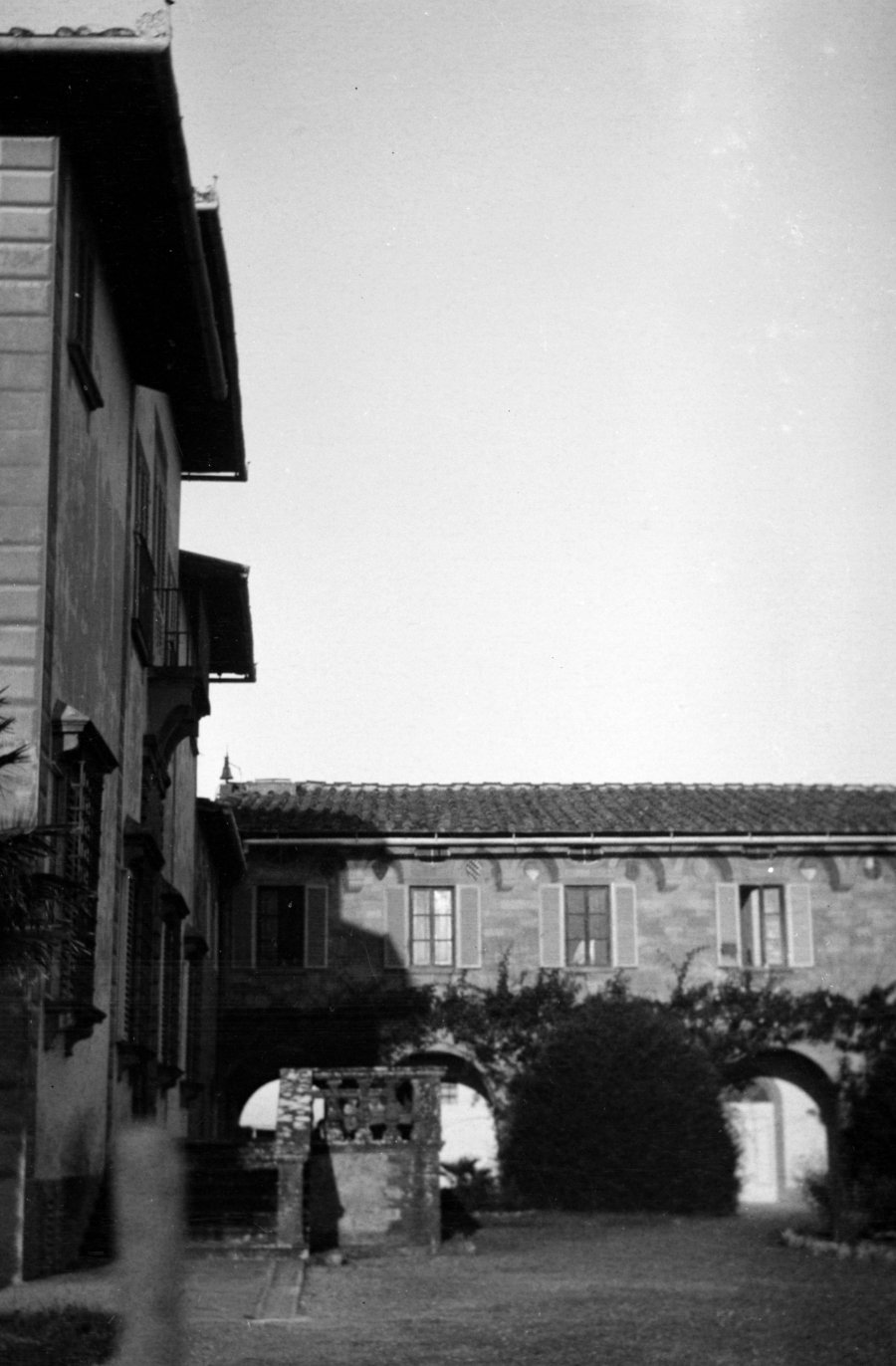

1546-1805
The Villa of Lucignano, today Villa Maryamado, was purchased in 1546 by a member of one of the most important noble Florentine families, the Guicciardini family. The property was known as the Villa of Bonorlo during that period. Architect and sculptor Gherardo Silvani, among the most important and prolific artists of seventeenth-century Florence, was commissioned for the renovation project. Piero Bardi, cicisbeo to the wife of the Florentine nobleman, probably took care of the garden.
The family’s archive from 1805 tells of a vast field surrounding the Villa on three sides, with around 8400 square metres enclosed by parapets.
In between two wings of cypress trees, in front of the Villa, there are two terracotta lions resting on pillars. At the end of another cypress-lined pathway, there are two other pillars similar to the aforementioned ones, which also hold terracotta animals, in an ornate spherical space. From this space, the path continues to the main road, which serves as the main access point to the Tenuta, and continues to another path which leads to the farmhouse known as Brugnano, one of twelve belonging to this Property.
1810 – 1868
The youngest son of the late owner inherited the Villa and farm of Lucignano in 1810. He returned to Italy in 1814 after living in exile in France and began to fervently tend to his properties. He commissioned architect Lorenzo Nottolini, from Lucca, to build the Villa’s lemon house between 1820 and 1825. Subsequent work on the Villa has also been documented in the family archive. In 1868, it was decided a large cistern would be built under the Villa’s lawn in an area conducive to not needing a pump. It would hold around 1100 cubic metres of water which could be used both in the gardens and the vegetable garden, and in the stables and cellars.
Once this project was successfully completed, reconstruction of the garden’s dilapidated wall took place. The garden was enlarged and enclosed with a gate, creating a large wooded area around seventy metres long with good lemon trees and cover intended for the winter season…The Villa was fitted with shutters...The flooring of the salon on the ground floor was renovated in the Venetian style; and all the facades of the Villa, farm and other buildings, were plastered in the fresh air of springtime.
1869 - 1871
The estate begins to take on an appearance increasingly similar to that of today. In the spring of 1869, the road was also restored by removing an obstruction of climbing vines, to avoid having to pass through an existing uphill section. This reduction was quite significant, since at one point the plants had reached a height of 4 1⁄2 metres, a width of about 12 metres, and a length of about one hundred metres. Restoration of the side lawns and the lawn within the Villa was carried out to the north and south, enclosing this large area with an iron fence with brick pillars and shaped stone chapiters. There were six iron gates and the main one had a grandiose appearance.
This courtyard was planted with a row of linden trees and many conifers were dispersed throughout the lawn along with various flower baskets. The Stables were completed in 1870 from the remains of an old space along the courtyard that was previously used as a shed, wine cellar and wood cellar. It was also necessary to reconstruct the access road to these stables, as there was a difficult climb and every time a cart had to leave, a couple of oxen needed to be added for reinforcement. There were also many mounted horses that would not climb the hill. This change in the road meant it was no longer necessary to go across the Villa’s lawn.
1885 – Today
Throughout the years, consideration for the estate continued with a succession of heirs and various upgrades, including restoration of the farm and the vineyards. Then, the gardens were simplified and the vegetable garden was definitively abandoned in the 1970s. The estate was purchased by the current owners in 2019 with the aspiration of preserving its essence and respecting its history.
Ambitious renovation projects are currently in progress and seek to preserve a beautiful part of Tuscan cultural heritage for generations to come and to produce outstanding local products in an area renowned for its centuries-old traditions. These products are exceptional thanks to unique soil, rich in limestone and clay; a distinctive climate; and the knowledge of these ancient vocations which has been passed down from generation to generation.


Our manifesto
We are implementing sophisticated methodologies in our restoration projects, drawing on the expertise of a diverse team of architects, landscapers, engineers, artisans, agronomists, a winemaker, an olive cultivation expert, and a biodiversity consultant.
This endeavour is fueled by profound passion and steadfast determination, stemming organically from our admiration and reverence for the region's scenic beauty and rich cultural heritage.
Tenuta Maryamado’s landscape and production goals are to:
Elevate the finesse and diversity of agricultural production by regenerating heirloom crops and showcasing both traditional and modern varieties. We are committed to crafting top-quality extra virgin olive oil, durum wheat pasta, wine, and other quintessential Tuscan products, employing state-of-the-art technology and meticulous attention to every phase of production.
Our majestic ancient olive trees embody classic Tuscan varieties: Frantoio, Moraiolo, Pendolino, Morchiaio, and Leccio del Corno. Carefully selected olives are exclusively harvested by hand at the first signs of ripeness and cold-pressed in our on-site mill. We proudly produce five single varietal extra virgin oils and two blends, a testament to our unwavering pursuit of excellence.
We are committed to the restoration of historic gardens, abandoned and neglected for years.
Enhance biodiversity throughout the entire estate by collaborating with expert naturalists. With their help, we aim to evaluate the current fauna and flora and develop strategies to enhance the variety of species, particularly by reintroducing rare species that are on the brink of disappearing from the region.
Improve the estate’s cultural significance by establishing a small museum and integrating meaningful artwork into the landscape. Additionally, we are focused on tending to vegetable gardens and creating scenic viewpoints and gardens that harmonise with the surroundings. We also aim to minimise landscape disruptions, such as electric or telephone poles, to improve the views for ourselves and our neighbours.
Establish a system to achieve water self-sufficiency, including the installation of irrigation for gardens and crops, along with soil erosion control and drainage measures. This system has been neglected for years and is currently in a state of disrepair.
Our land, our crops. The splendour of Tuscan nature.
VINEYARDS
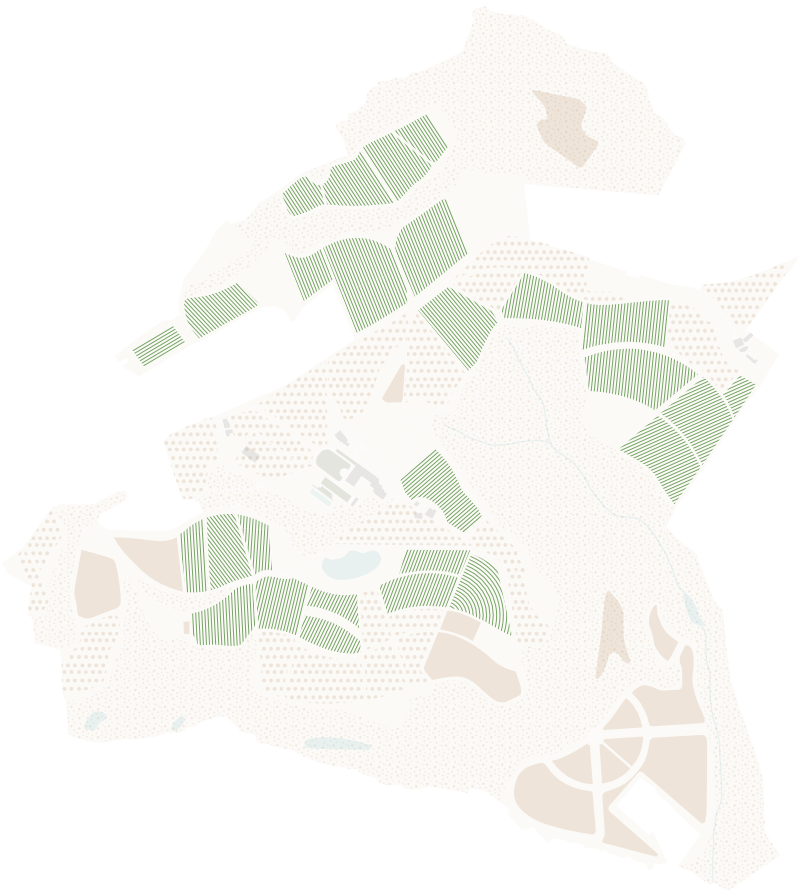
"The distinct microclimate and varied exposures of our vineyards make this area particularly suitable for the cultivation of Tuscan varieties like Sangiovese, Colorino, and Canaiolo, as well as international varieties such as Cabernet Sauvignon, Cabernet Franc, and Merlot.
Situated along a hilly ridge extending from the Santa Cristina church in San Quirico in Collina, this area holds significant importance. The Pliocene soils here, renowned in the area around Florence, were formed millions of years ago. This happened when the land sank, was flooded by the sea, and then emerged again, leaving behind clay, sand, and pebbly sediments.
Therefore, we pay particular attention to the soil throughout every phase of our agricultural practices, minimising tillage and respecting the delicate balance among the vines, microorganisms, and soil. We are committed to achieving excellence and embodying the rich blend of history, terroir, and a deep passion for our endeavours in our wines."
OLIVE TREES
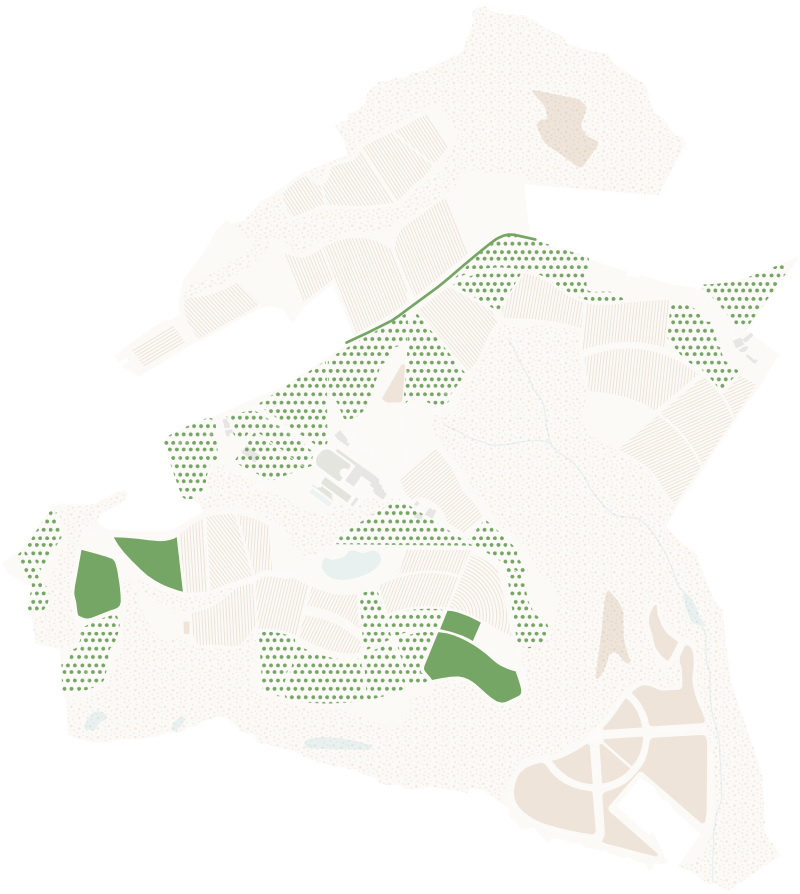
Our olive groves exhibit a rich diversity, each defined by a unique blend of olive varieties, sun exposure, wind patterns, tree maturity, and cultivation techniques. From ancient groves of majestic trees to newly planted trellises, this wide array of olive trees allows us to consistently produce award-winning organic olive oil. In line with our commitment to preserving local agricultural heritage, we've established an "Olearium" – a dedicated grove with over 25 historical Tuscan olive varieties, ensuring that the genetic legacy of these varieties is protected and passed down to future generations.
WHEAT
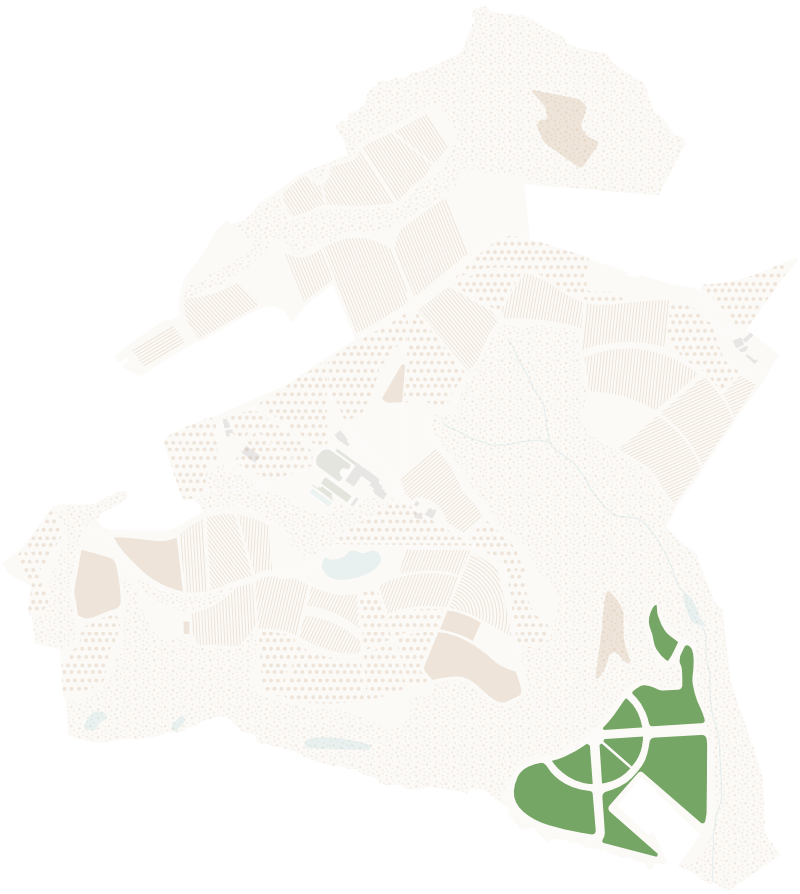
Nestled in the gently rolling hillsides in the north of the estate, the ‘Heritage Fields’ (or ‘Campi Antichi’ or ‘Campi del Fossato’) are dedicated to a rotating production of organic ancient grains and wheat that is harvested every year and transformed into a range of artisanal pastas and bread products.
HONEY

We produce honeydew honey on approximately 200 hectares of pristine land, where the absence of pollutants and rich biodiversity are preserved through traditional methods and careful blossom management. Each jar reflects our commitment to superior quality and environmental stewardship, making this honey a true emblem of organic excellence.
TRUFFLES

A designated area of the estate, distinguished by its calcareous and clay-rich soil, has been set aside for the cultivation of truffles. By utilising mycorrhizal Rovella (a species of white oak) and Holm Oak plants sourced from expert cultivators and employing sustainable practices for their integration into the soil, we envisage a robust yield of the esteemed Black Truffle (Tuber melanosporum) within approximately 4-5 years.
SAFFRON
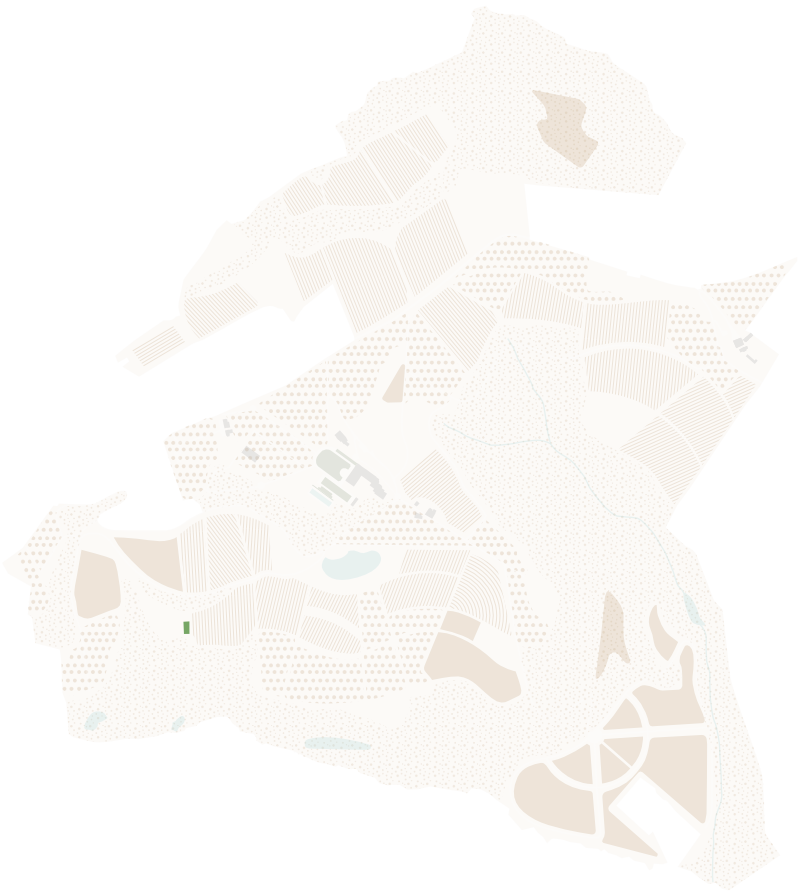
As part of our commitment to cultivating a variety of local products, we are currently planning and preparing to cultivate organic saffron.
This ambitious initiative aims to utilise the region's resources, promote biodiversity, and contribute to environmental well-being while producing high-quality local products.
VEGETABLE GARDEN
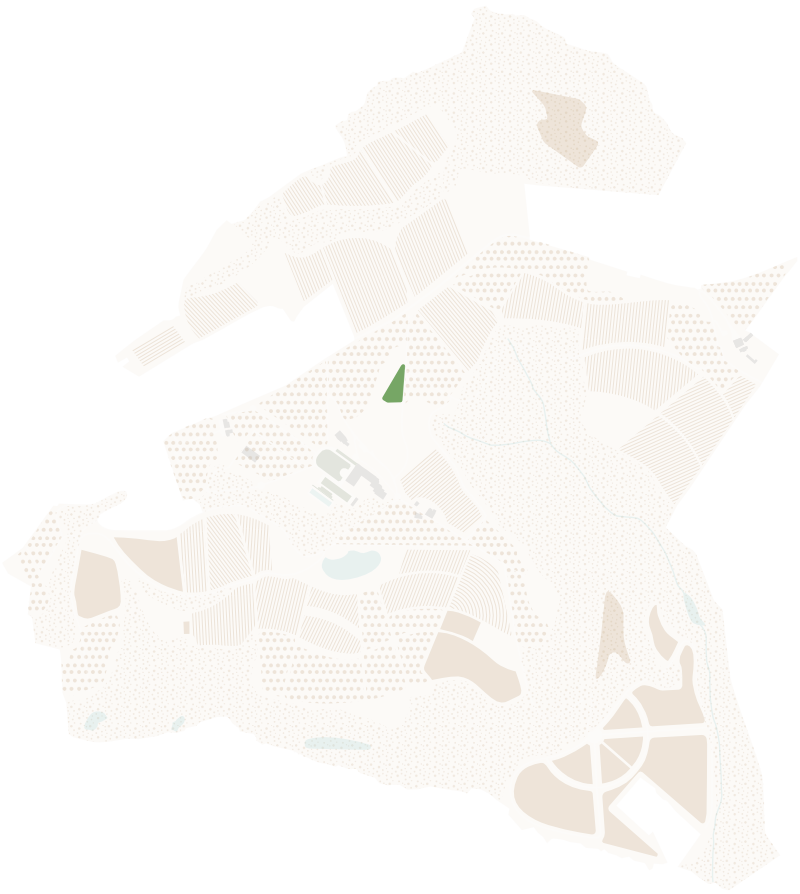
In particularly suitable areas of our estate, we cultivate organic vegetables and fruit trees, including traditional and exotic varieties. We also produce organic soil for our gardens through a comprehensive composting program, reducing the need to transport soil from outside the estate by recycling the majority of organic waste on-site.
